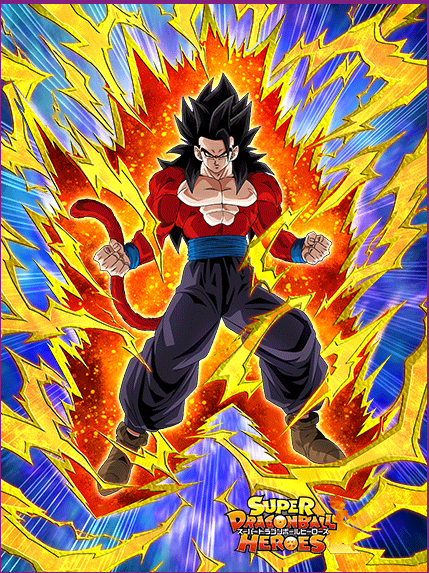The world of Dragon Ball is filled with powerful transformations, from the iconic Super Saiyan to the terrifying Oozaru. Among these, the Gohan Oozaru transformation stands out as one of the most impactful moments in the series for Gohans character development (other than good and bad Gohan hairstyles). Let’s dive deep into this transformation and its significance.
Contents
- 1 What is Oozuru?
- 2 Gohan Oozaru Transformation: A Night of Chaos
- 3 The Events Leading Up to the Transformation
- 4 Why Is Gohan’s Oozaru Transformation Significant?
- 5 Dragon Ball GT Oozaru: Broly’s Legacy and the Evolution of the Great Ape
- 6 Differences from the Manga
- 7 The Legacy of the Oozaru Transformation
- 8 Dragon Ball: A Saga of Transformations
What is Oozuru?
The Oozaru, often translated as “Great Ape” in English adaptations, is a pivotal transformation in the Dragon Ball universe, particularly in “Dragon Ball Z.” This transformation is deeply rooted in the lore of the Saiyan race and has played a significant role in various story arcs of the series.
The Oozaru form is the ability for saiyans to transform into great apes. The extraterrestrial warrior race, including Gohan and Goku have experienced this curse. This transformation is triggered when a Saiyan with a tail looks directly at a full moon. The moon’s blutz waves interact with the Saiyan’s tail, initiating the transformation. In this form, a Saiyan’s power increases immensely, often becoming uncontrollable and wild.
In “Dragon Ball Z,” the Oozaru transformation is introduced early on, particularly during the Saiyan Saga. It is revealed that Goku, the protagonist, had transformed into this form in the past, leading to some tragic events. However, the most notable Oozaru transformation in the series is that of Gohan, Goku’s son.
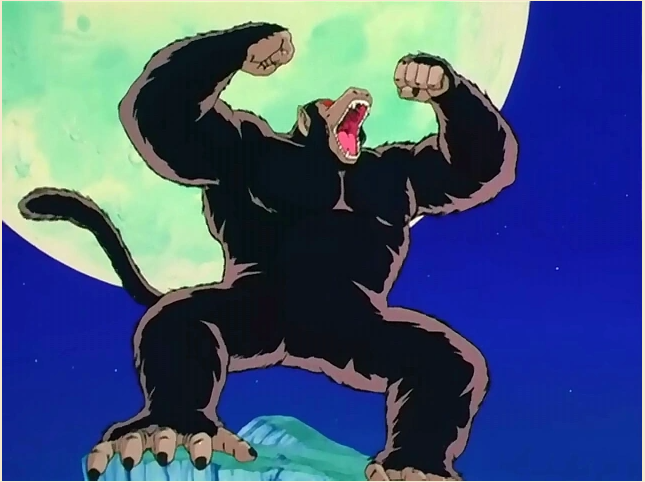
Gohan Oozaru Transformation: A Night of Chaos
In the Dragon Ball series, the episode titled “Gohan Goes Bananas!” us were Gohan turns oozaru and is able to transform into the Great Ape form. This transformation occurs on a moonlit night, revealing the secret behind Gohan Oozaru immense power. The episode, which is the 2nd of the Vegeta Saga, originally aired in Japan on June 21, 1989, and later in America on June 27, 2005.
Gohan’s transformation into the Gohan Oozaru, or the Great Ape, stands out as one of the most dramatic and unexpected turns in the series. The episode “Gohan Goes Bananas!” is a testament to the unpredictable nature of the Saiyan bloodline and the latent power that lies within Gohan.
The Setting
The episode unfolds on a seemingly calm night. Gohan, the young son of Goku, is stranded atop a rock formation, gazing at the night sky. The serene ambiance is deceptive, for the full moon that shines brightly overhead is about to trigger a transformation that will change the course of events dramatically.
The Transformation
As Gohan looks at the full moon, the blutz waves it emits interact with the cells in his Saiyan tail. This interaction initiates a metamorphosis that sees Gohan grow in size, his features becoming more primal, and his power skyrocketing. The once gentle and timid boy is now a gigantic, rampaging ape with no memory of his human self.
The transformation is not just physical. Gohan’s psyche is overtaken by primal instincts. The landscape around him bears the brunt of his newfound strength and aggression. Trees are uprooted, rocks shattered, and the very ground trembles under his might.
Piccolo’s Intervention
Piccolo, who has been training Gohan and has grown fond of the boy, witnesses this transformation. He quickly deduces the connection between the full moon and the Gohan Oozaru transformation. In a desperate bid to stop Gohan’s rampage and protect the world from his uncontrollable power, Piccolo makes a bold decision. He destroys the moon.
With the moon gone, Gohan Oozaru gradually reverts to his human form, unconscious and unaware of the chaos he wrought. But the night’s events are far from over. Recognizing the potential danger of future transformations, Piccolo takes another drastic step: he removes the Gohan Oozaru tail, ensuring that the boy can never transform into the Gohan Oozaru again.
The Aftermath
The events of that night leave a lasting impact. Piccolo is left to grapple with the immense power that Gohan, despite his young age, possesses. It becomes clear that Gohan’s potential surpasses even that of his father, Goku. This realization shapes the training and challenges that Gohan will face in the episodes to come.
The episode also serves as a reminder of the dual nature of the Saiyan race. While they can be compassionate and heroic, there’s a wild, uncontrollable side that can emerge under the right conditions. Gohan’s Oozaru transformation is a manifestation of this duality, a theme that recurs throughout the “Dragon Ball Z” series.
The Events Leading Up to the Transformation
Krillin, after witnessing the tragic events involving Goku and Gohan, struggles to convey the news to Chi-Chi and the Ox-King. He eventually returns to Kame House, where Bulma and Master Roshi await. Bulma, having repaired the Scouter, uses it to gauge the power levels of those present. Meanwhile, Yajirobe delivers a crucial message from Korin, summoning the Z Fighters for special training.
That very night, Gohan, stranded atop a rock formation, undergoes a shocking transformation into the Great Ape. The cause? The full moon. Piccolo, realizing the moon’s influence, takes drastic measures to prevent further chaos. He not only destroys the moon but also removes Gohan’s tail, ensuring he won’t transform again. This act, however, raises concerns about the upcoming threat from the Saiyans, Nappa and Vegeta, and their potential to transform in a similar manner.
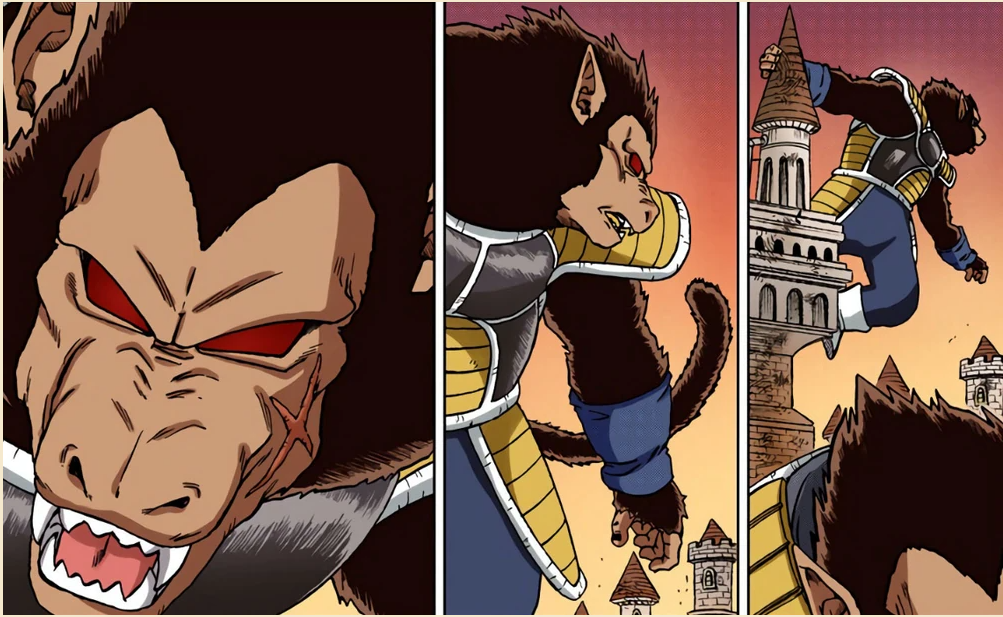
Why Is Gohan’s Oozaru Transformation Significant?
Gohan’s transformation into the Great Ape is not just a mere plot device. It serves as a pivotal moment in the series, highlighting the latent power within him. This power, when unleashed, even terrifies Piccolo, who begins to wonder about the strength of the Saiyans who are soon to arrive on Earth.
A Glimpse into Saiyan Nature
The Oozaru transformation is a testament to the raw, untamed power of the Saiyan race. When Gohan, a child with a gentle heart, transforms, he becomes a force of nature, leaving destruction in his wake. This unbridled power is so immense that even Piccolo, a seasoned warrior, is taken aback. The transformation serves as a window into the potential that lies dormant within every Saiyan, waiting for the right trigger.
The Saiyan Legacy of Conquest
In the recent “Dragon Ball Super” manga, more light is shed on the Saiyan’s historical use of the Oozaru form. Saiyans, known as intergalactic warriors, would often utilize their Great Ape forms to conquer planets. This transformation wasn’t just a show of strength; it was a strategic tool. The sheer might and size of the Oozaru form allowed Saiyans to overpower most adversaries and dominate entire worlds.
This revelation paints a more comprehensive picture of the Saiyan race. They weren’t just powerful warriors; they were conquerors, often leaving a trail of destruction in their path. Their ability to transform into the Oozaru form played a crucial role in their reputation as one of the universe’s most formidable races.
Connecting Gohan’s Transformation to Saiyan History
Gohan’s transformation, in light of the Saiyan’s history, takes on an even more profound significance. It serves as a bridge between the Saiyan’s past of conquest and the present, where Saiyans like Goku and Gohan strive for peace and protection. While Gohan’s transformation is involuntary and driven by instinct, it’s a haunting reminder of what Saiyans were capable of in their quest for dominance.
Furthermore, it underscores the internal conflict that characters like Goku and Vegeta often face. They grapple with their Saiyan instincts while trying to lead lives of purpose and meaning on Earth. Gohan’s transformation is a manifestation of this duality – the constant tug-of-war between the Saiyan’s destructive nature and the values they’ve come to embrace on Earth.
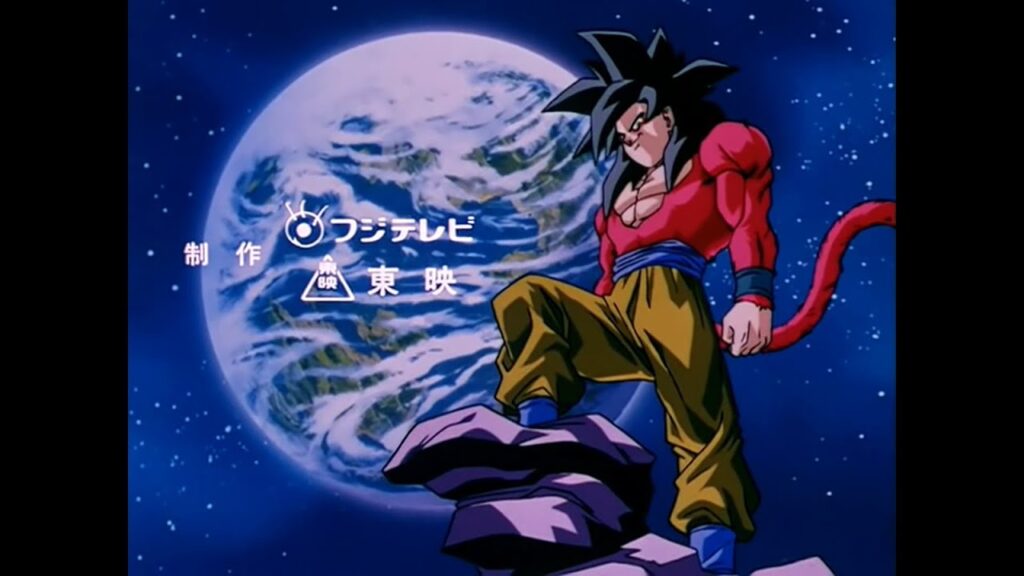
Dragon Ball GT Oozaru: Broly’s Legacy and the Evolution of the Great Ape
In the vast universe of Dragon Ball, the Oozaru, or Great Ape transformation, has always held a significant place, especially when tracing the lineage and power of the Saiyan race. While the Oozaru form has been a pivotal aspect in the earlier “Dragon Ball Z” series, its significance takes a unique turn in “Dragon Ball GT” and in the context of Broly.
Broly’s Oozaru and the Saiyan Legacy
Broly, unlike many other Saiyans, possesses an unparalleled raw power. His connection to the Oozaru form, the ability to transform into a great ape is unique. In the “Dragon Ball Z” series, Broly’s transformations were distinct, especially with his Legendary Super Saiyan form. However, the essence of the Oozaru still lingers. Broly’s sheer might and uncontrollable rage can be seen as an embodiment of the Oozaru’s primal instincts.
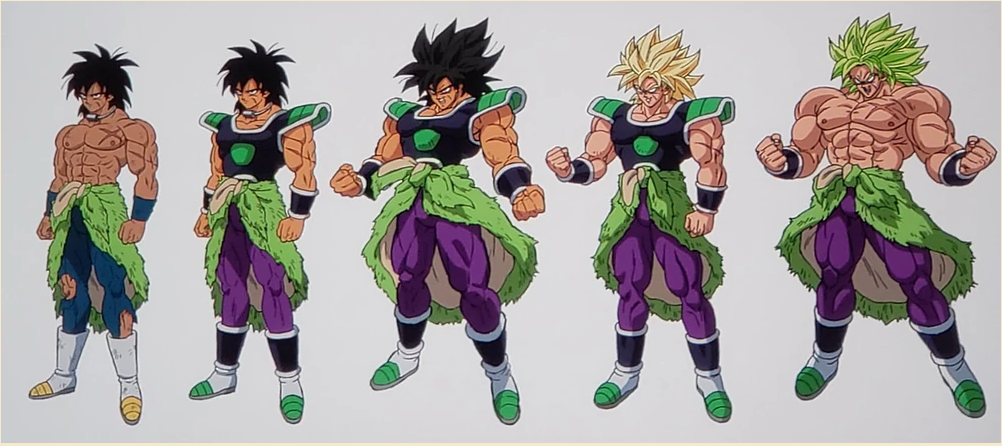
Dragon Ball GT: A New Chapter
“Dragon Ball GT” introduced several new transformations and concepts, diverging from the traditional canon seen in the “Dragon Ball Z” series and the manga. Kid Goku’s transformation back into the Oozaru form is a nod to the Saiyan’s inherent ability to transform, a power that’s deeply rooted in their genetics. This transformation serves as a bridge between Goku’s past and present, reminding fans of the young Goku’s first Oozaru transformation after seeing the full moon, an event documented in the “Dragon Ball Wiki.”
The Saiyan’s Tail: A Source of Power and Vulnerability
One of the most iconic moments in the series is when a Saiyan’s tail is removed to prevent the Oozaru transformation. From Gohans oozaru transformation in “Gohan Goes Bananas” to the various instances where characters like Yajirobe and Piccolo have intervened to cut tails, this act has always been a turning point in many battles. In “Dragon Ball GT,” the significance of the tail returns, especially with Goku’s transformation into the Golden Great Ape before achieving the Super Saiyan 4 form.
Broly in Dragon Ball Super and the Oozaru Legacy
While “Dragon Ball GT” and “Dragon Ball Super” follow different continuities, Broly’s reintroduction in the “Dragon Ball Super” movie brings back the essence of the Oozaru. Broly’s uncontrollable power, especially in his base form, mirrors the destructive nature of the Oozaru. His battle against Goku and Vegeta is a testament to the Saiyan race’s raw power, reminiscent of the Great Ape’s might.
Differences from the Manga
The Dragon Ball series, originally a manga, has seen various adaptations. In the manga, the sequence of events surrounding Gohan’s transformation differs slightly. For instance, in the manga, the scenes at Kame House precede Gohan’s transformation, while the anime presents them in reverse order.
The Legacy of the Oozaru Transformation
The Oozaru, or Great Ape, transformation has been a significant aspect of the Dragon Ball lore. From Goku’s early days in Dragon Ball to Vegeta’s terrifying transformation in Dragon Ball Z, the Oozaru form represents the raw, untamed power of the Saiyan race. Gohan’s transformation, in particular, serves as a reminder of the potential that lies within him, waiting to be unlocked.
Dragon Ball: A Saga of Transformations
The world of Dragon Ball is replete with transformations. From Goku’s Super Saiyan forms to Vegeta’s Majin transformation, each change represents a growth in power and character. The Oozaru transformation, with its primal rage and sheer power, stands as a testament to the Saiyan lineage and its potential for both destruction and heroism.
Gohan has recently unlocked his Gohan Beast Power Level upgrade that makes the Gohan new transformation one of the strongest in the series. The beast transformation parallels with some of the Oozaru features and qualities that are represented in the manga’s form.
